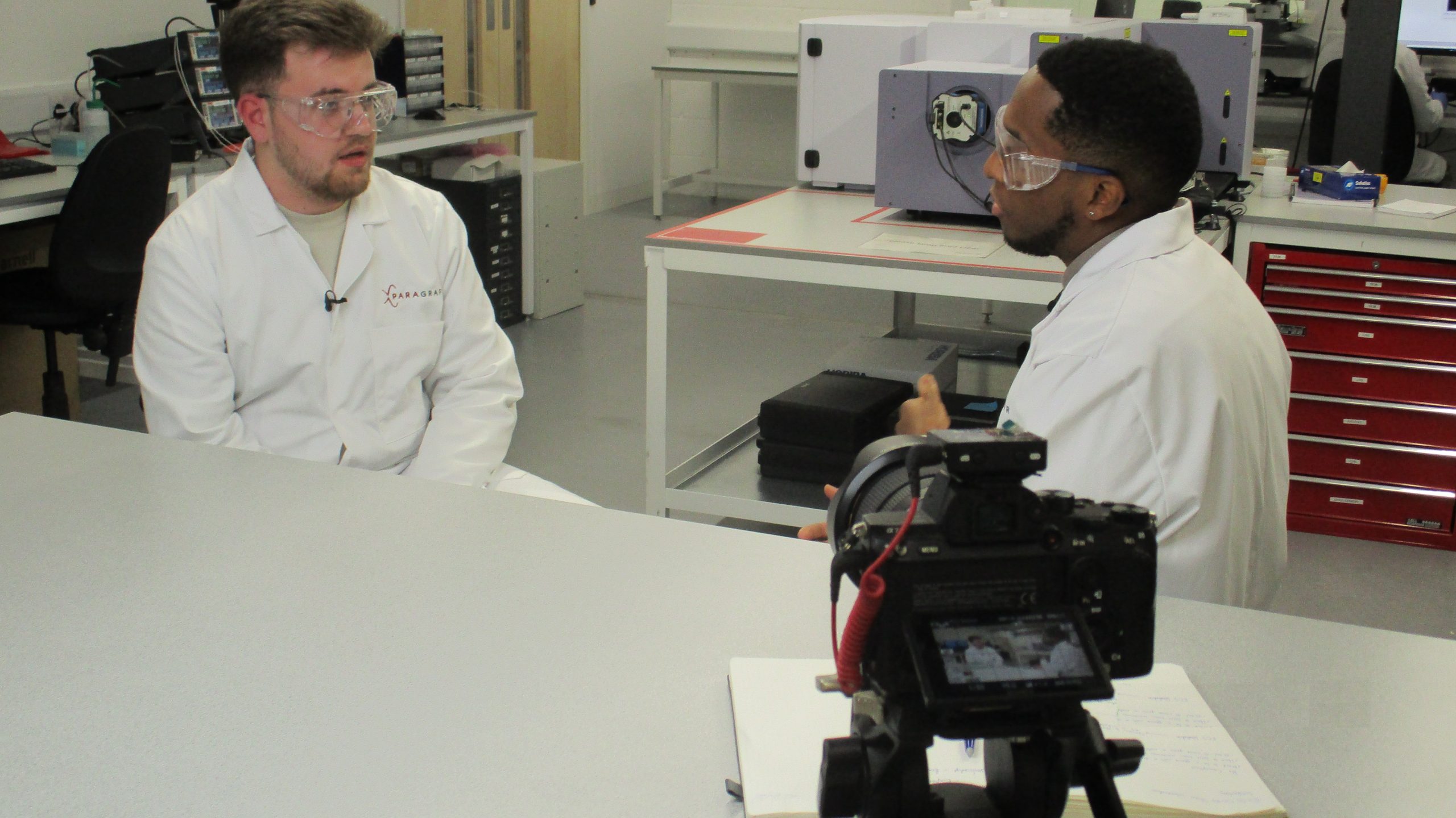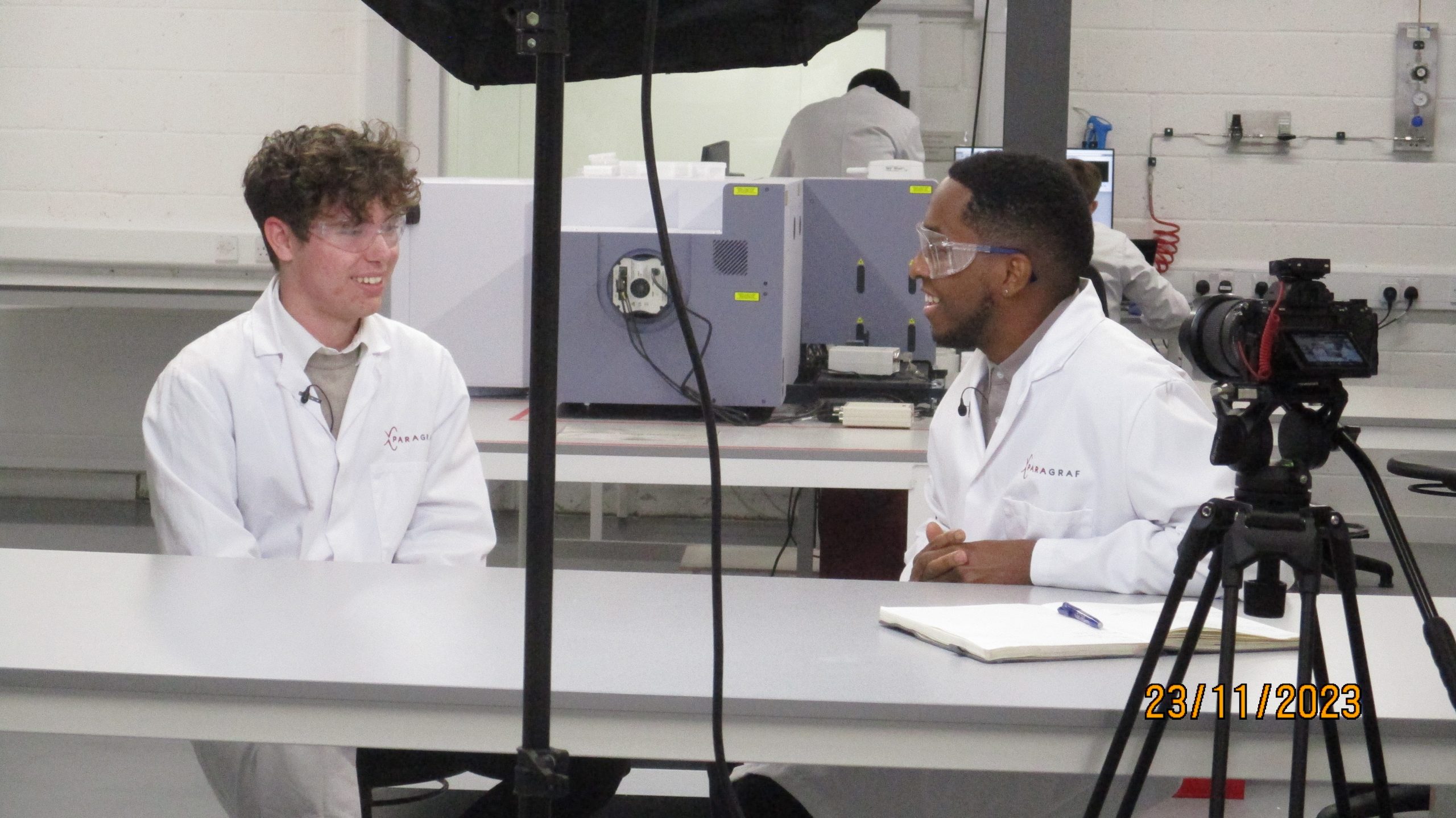Abstract
Single-cell responses to different cues are crucial for identifying the mechanisms underlying biological processes to facilitate disease detection and therapeutic development. The migration of single cells due to various stimuli is a key way in which single cells respond to changes in the microenvironment. In this review, we first discuss different single-cell migration stimuli and recent advances in the research of combined cues for finding the dominant stimulus. Then, we examine recent technologies for studying single-cell signaling and migration, their advantages and limitations, and the applications of recent single-cell technologies in multi-omics. In addition, we discuss the application of machine-learning techniques in data acquisition from molecular and cellular data. Finally, we review the latest efforts of commercialization, remaining challenges, and future perspectives for technologies to study single-cell responses to multi-cues.
Introduction
Technology for single-cell analysis is a broad field that includes technologies related to single-cell migration to multiple stimuli, single-cell signaling and cross-communication, single-cell multi-omics, and machine learning (ML) models for analyzing single-cell responses to the physiological environment. As many cell types respond differently to the same set of given cues, genetic differences between cell types may provide one explanation for why some cells have an increased affinity for specific cues.
Read the full article here: Liebert Publishers Gen Biotechnology: Volume 1, Issue 3 – June 2022
This post was originally published at https://www.cardeabio.com/news/graphene-and-beyond-the-wonder-materials-that-could-replace-silicon-in-future-tech-0. Cardea Bio was acquired by Paragraf on 2 May 2023.







